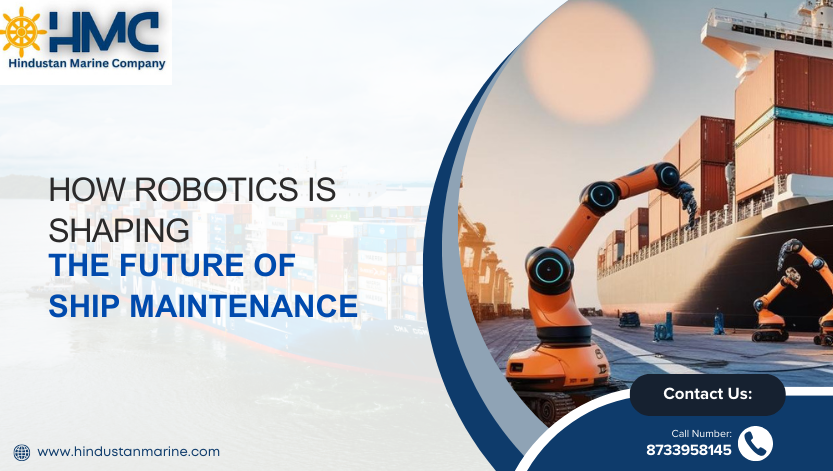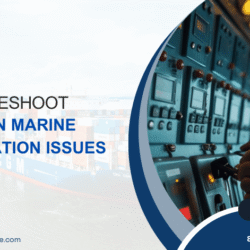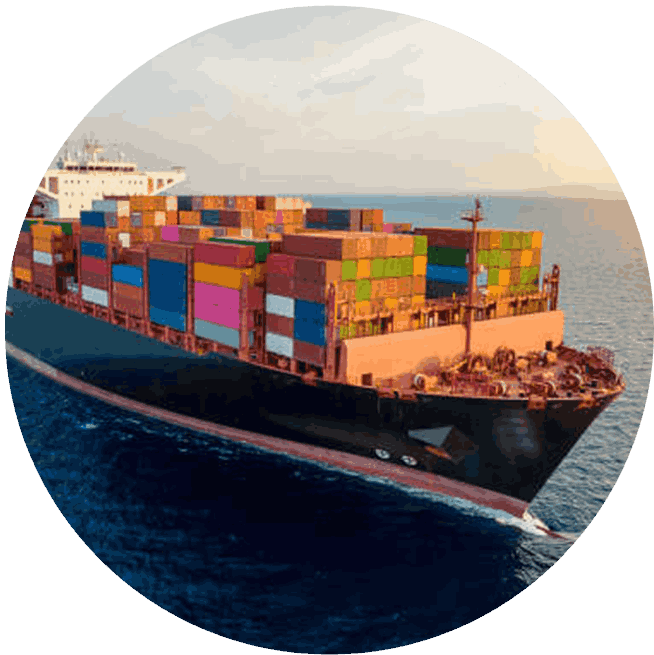
How Robotics is Shaping the Future of Ship Maintenance
When we think of ships, we often picture massive vessels sailing across oceans, carrying goods or people from one part of the world to another. But behind the scenes, maintaining these ships is a complex and continuous task—and now, robotics and marine automation are stepping in to transform how this job gets done.
From busy Indian shipyards in Mumbai and Visakhapatnam to global ports in Singapore and Rotterdam, robots are proving to be real game-changers in the marine world. At Hindustan Marine CO., we’re excited to be part of this transformation that’s making ship maintenance smarter, faster, and safer than ever before.
What Is Robotic Ship Maintenance?
In simple words, robotic ship maintenance involves using automated machines and intelligent systems to inspect, repair, and maintain different parts of a vessel—especially those that are hard to access or dangerous for human workers.
These machines can clean ship hulls, detect cracks in metal, monitor engine health, and even dive underwater for close-up inspections. And the best part? They do it all with pinpoint accuracy and minimal downtime.
Key Applications of Robotics in Ship Maintenance
Underwater Inspection Robots
These small but powerful robots are designed to operate below the waterline, where human inspection is either too expensive or risky. They can check for corrosion, cracks, and marine growth on the hull or propeller—without taking the ship out of service.
Hull Cleaning Robots
Marine biofouling—barnacles, algae, and other sea life attaching to ship hulls—is a major issue that reduces fuel efficiency. Traditional cleaning methods are labour-intensive and costly. Now, robotic hull cleaners crawl across the hull and scrub it clean with zero human intervention.
➡️ In India, studies show ships can save up to 15% on fuel costs by keeping their hulls clean using such robots.
Robotic Welding and Repairs
Ship repairs are not just about inspections. Robotic arms with welding torches are now being used for fine welding jobs in offshore and shipyard environments. They’re faster, safer, and more precise—especially useful for repairing large tankers or navy vessels.
AI-Powered Predictive Maintenance
Thanks to marine automation, robots equipped with AI can now predict failures before they happen. By constantly monitoring data from the engine, pumps, or electrical systems, they alert operators about issues early—reducing breakdowns and unplanned downtime.
➡️ A McKinsey report says predictive maintenance can cut ship operating costs by up to 30%.
Aerial Drones for Visual Checks
Not all parts of a ship are easily reachable. That’s where aerial drones come in. They can fly around the vessel and take close-up images or thermal scans of radar towers, lifeboat systems, or antenna arrays.
🇮🇳 Robotics in Indian Shipyards – A Growing Trend
India is home to over 200+ shipyards and 12 major ports, making ship maintenance a big business. While automation is still catching up in many areas, major players are investing in robotics to improve efficiency.
- Cochin Shipyard has started using drones for inspecting large commercial vessels.
- Mazagon Dock Shipbuilders Ltd. (Mumbai) is exploring robotic systems for welding submarine parts.
- Private port operators like Adani Ports are also exploring marine automation for container maintenance and dredging.
These developments are part of India’s larger push under the Sagarmala Project and Make in India initiative—both aiming to modernize infrastructure and improve maritime efficiency.
Benefits of Marine Automation in Ship Maintenance
-
Enhanced Safety:
Ship repair often involves working at heights, underwater, or with dangerous machinery. Robots handle these tasks, reducing accidents and keeping workers safe.
-
Reduced Downtime:
Ships don’t make money when they’re sitting idle. Automation helps speed up inspections and repairs so vessels can get back to business quickly.
-
Cost Efficiency:
Fewer manual inspections and faster cleaning mean lower labour and operational costs.
-
Greater Accuracy:
Robots don’t miss a crack or skip a bolt. The precision of modern marine automation systems ensures high-quality maintenance.
-
Eco-Friendly Operations:
Robotic hull cleaners don’t use harmful chemicals. Plus, fuel savings from clean hulls lead to reduced carbon emissions.
Challenges India Still Faces
Of course, it’s not all smooth sailing. Adopting robotics in marine maintenance comes with a few speed bumps:
-
High Initial Costs:
Buying and deploying robotic systems requires heavy capital.
-
Skilled Workforce Gap:
India needs more marine engineers trained in automation and robotics.
-
Tough Marine Conditions:
Salty water, strong currents, and rough weather mean robots must be built tough and regularly maintained themselves.
-
Regulatory Gaps:
India still lacks clear regulations for widespread deployment of underwater and aerial robotics.
But the good news is, the government and private sector are beginning to close these gaps through investment and policy changes.
What’s Next? The Future of Robotic Ship Maintenance
The future looks bright. Global experts predict that by 2035, over 60% of ship maintenance tasks could be fully automated. India, with its rapidly expanding shipbuilding and shipping sectors, has the potential to become a leader in marine automation.
Technologies like digital twins, where a virtual model of the ship is synced with real-time robot data, will soon be the norm. Integration with cloud systems, AI diagnostics, and blockchain-based service logs are also on the horizon.
Hindustan Marine CO. – Your Trusted Partner in Marine Automation
At Hindustan Marine CO., we are proud to support India’s maritime evolution. Whether you’re a port operator, shipowner, or shipyard engineer, we provide reliable and cutting-edge marine automation solutions designed for Indian conditions.
From underwater inspection bots to hull cleaning systems and predictive maintenance tools—we’ve got you covered. Our mission is to make ship maintenance smarter, safer, and more sustainable.
Conclusion
Robotics and marine automation are no longer just futuristic concepts—they’re here, and they’re making waves in the ship maintenance world. For India’s maritime industry, embracing these technologies is not just about staying ahead—it’s about leading the future.
So if you’re in the shipping or marine sector, now is the time to act. Let’s modernize, optimize, and automate—together.
👉 Reach out to Hindustan Marine CO. today and let’s build smarter ships for a better tomorrow.





 Fast Delivery
Fast Delivery Easy Returns
Easy Returns Instant Quote
Instant Quote Product Demo
Product Demo